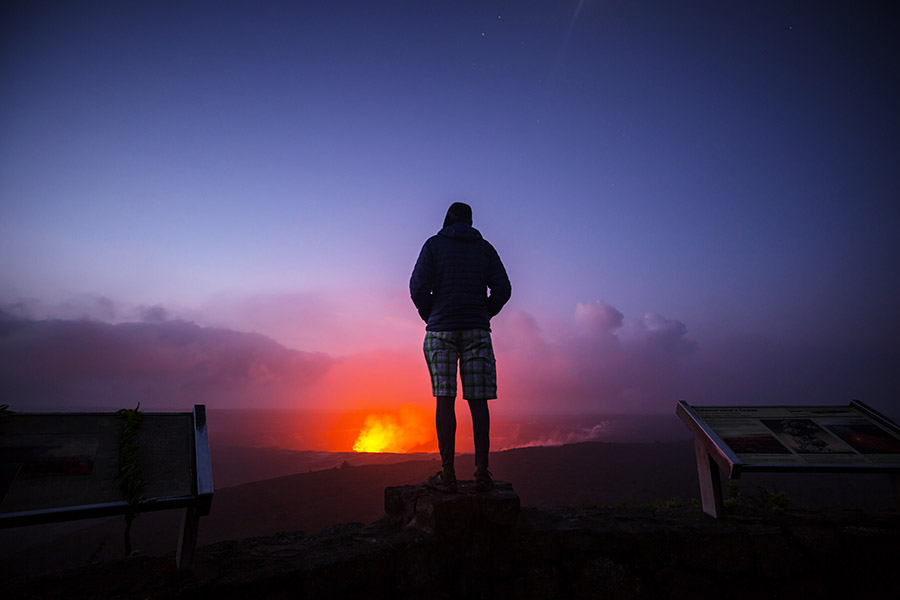Hawaii’s Helemaumau Crater Draws Huge Crowds as Lava Eruptions Reappear

Halemaumau Crater will bring some genuine excitement to your social media pages!
Of the five principal volcanoes which make up the main island of Hawai’i, only two remain active – Mauna Loa which is partly within the Hawaiʻi Volcanoes National Park, and Kīlauea which is entirely within the Park. On Wednesday September 29, Kīlauea’s Helemaumau Crater burst into life, spewing lava in jets reaching up to 45 feet above the crater floor. According to scientists, what may from a safe distance seem relatively small amounts of molten lava is actually 26,000 gallons bursting into the crater every second! Imagine taking some fantastic selfies with the Crater in the backdrop, or posting images of the lava on Facebook or Instagram with your own unique spin on this unique experience!
